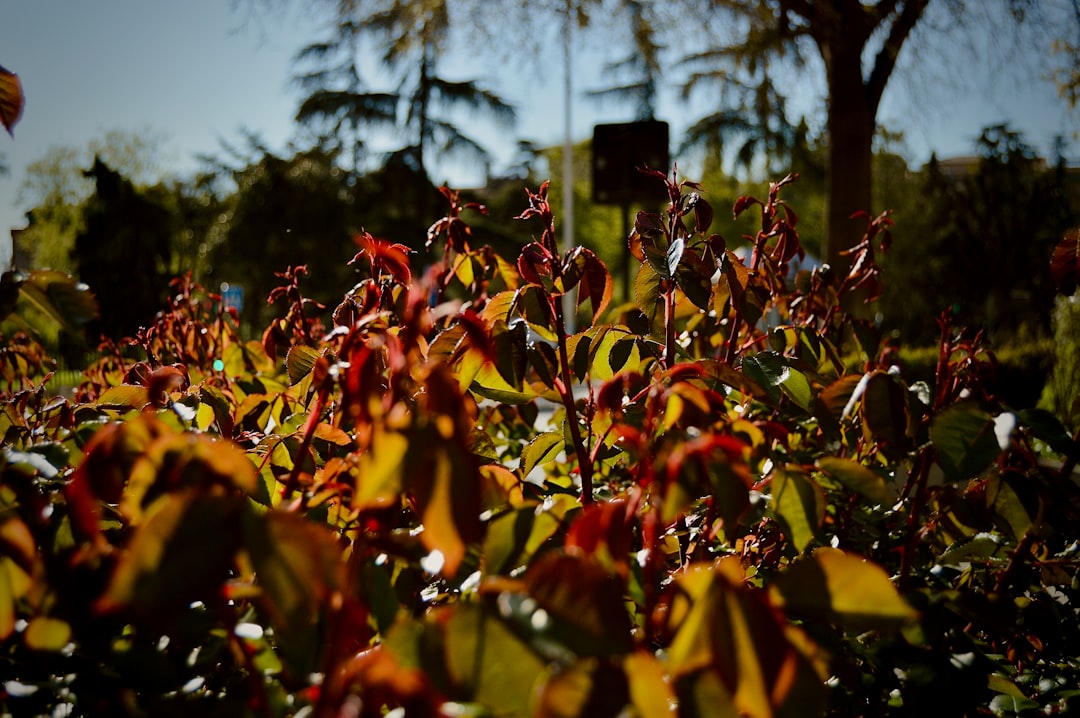The Secret Behind Brown Tips on Your Houseplants and How to Fix Them

Brown tips on plants can be a real cause for concern among houseplant enthusiasts. These seemingly innocent discolorations are actually warning signs that something is amiss in your plant's environment. In this article, we'll explore the various reasons behind brown tips and provide you with practical solutions to troubleshoot the problem and prevent it from happening again.
One of the most common causes of brown tips on houseplants is improper watering. Over - watering can lead to root rot, which in turn affects the plant's ability to take up nutrients and water. When the roots are damaged, the plant may not be able to supply enough moisture to the tips of its leaves, resulting in browning. On the other hand, under - watering can cause the plant to dry out, and the leaf tips are often the first to show the effects of dehydration.
To determine if your plant is being over - or under - watered, you can check the soil moisture. Stick your finger about an inch into the soil. If it feels wet, you may be over - watering. If it feels dry, it's time to water your plant. Different plants have different watering needs. For example, succulents and cacti prefer well - drained soil and infrequent watering, while tropical plants like ferns and peace lilies need more consistent moisture.
Another factor that can contribute to brown tips is low humidity. Many houseplants are native to tropical regions where the air is humid. When they are placed in a dry indoor environment, the leaf tips can dry out and turn brown. You can increase the humidity around your plants by using a humidifier, placing a tray of water near the plants, or grouping plants together. As the water evaporates, it will increase the moisture in the air.
Water quality can also play a role in the appearance of brown tips. Tap water often contains chemicals such as chlorine and fluoride, which can build up in the soil over time and cause damage to the plant. Using filtered or distilled water can help reduce the risk of chemical damage. Additionally, hard water with a high mineral content can leave deposits on the leaves, leading to browning. If you suspect that your water is the problem, you can let tap water sit out overnight to allow the chlorine to evaporate before using it to water your plants.
Nutrient deficiencies can also manifest as brown tips on plants. A lack of essential nutrients such as nitrogen, potassium, or magnesium can affect the plant's overall health and cause discoloration. You can use a balanced fertilizer to provide your plants with the necessary nutrients. However, it's important not to over - fertilize, as this can also cause problems. Follow the instructions on the fertilizer package and fertilize your plants according to their specific needs.
Pest infestations can sometimes be the culprit behind brown tips. Insects such as spider mites, aphids, and mealybugs can suck the sap from the leaves, causing damage and browning. Inspect your plants regularly for signs of pests, such as webbing, small insects, or sticky residue on the leaves. If you find pests, you can use natural remedies like neem oil or insecticidal soap to get rid of them.
Finally, environmental stressors such as extreme temperatures, drafts, and direct sunlight can cause brown tips on plants. Most houseplants prefer a stable environment with moderate temperatures. Avoid placing your plants near heating or cooling vents, as the sudden temperature changes can stress the plant. Also, keep them away from windows where they may be exposed to direct sunlight for long periods, as this can scorch the leaves.
In conclusion, brown tips on houseplants are a sign that your plant is trying to tell you something. By paying attention to the watering, humidity, water quality, nutrient levels, pest presence, and environmental conditions, you can troubleshoot the problem and take steps to prevent it from happening in the future. With a little care and attention, your houseplants can thrive and remain healthy and beautiful.